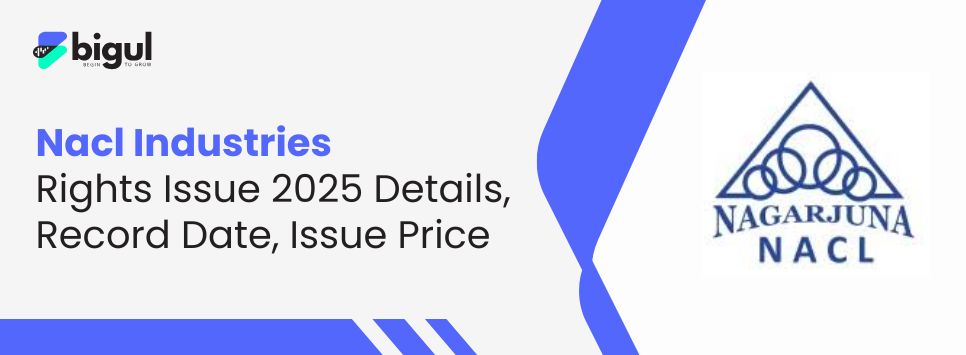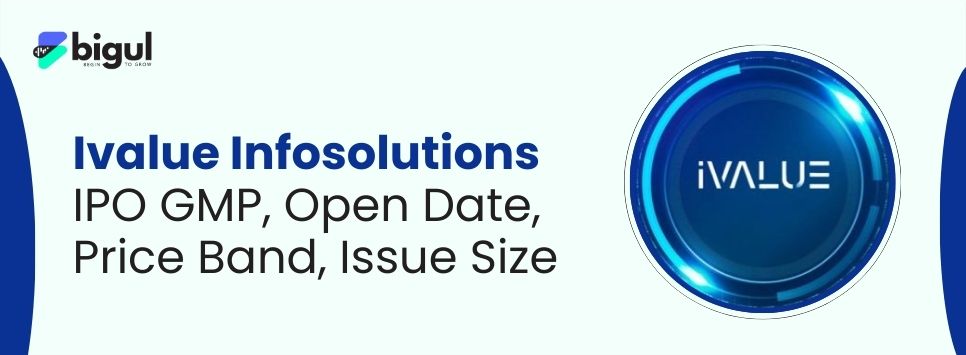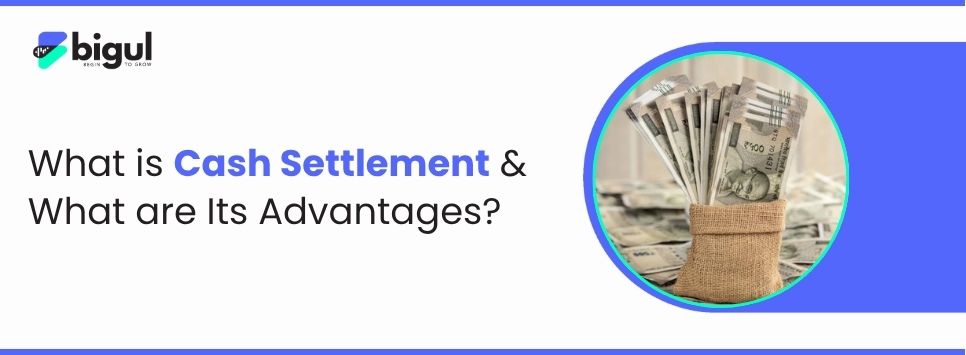Imagine this: You've been actively trading futures contracts on gold, anticipating market movements. Your prediction for a price drop pays off, and you’re sitting on a nice paper profit as the contract nears expiry. The logistics alone – sourcing, transporting, insuring, storing – sound like a nightmare, especially for a retail trader. This cumbersome reality of physical delivery is precisely why Cashsettlement emerged as a revolutionary force in the derivatives world, particularly crucial for savvy Indian traders like you.
Also Read | What is Cash and Carry Arbitrage?
What Exactly is Cash Settlement?
Cutting through the jargon, Cashsettlement is the streamlined process used to close out certain derivatives contracts when they expire or are exercised. Instead of requiring the seller to physically hand over the underlying asset (like stocks, gold bars, or barrels of crude oil), the trade is settled purely by exchanging cash. This cash amount is simply the difference between the originally agreed-upon contract price and the prevailing market price of the underlying asset at the time of settlement.
Think of it as settling a bet on a cricket match's final score by paying out the winnings in rupees, rather than forcing the loser to hand over cricket bats or stumps physically! It transforms a potentially complex, costly, risky physical transaction into a straightforward financial transfer.
Why Does Cash Settlement Exist? The Physical Delivery Problem
To truly appreciate Cashsettlement, understand the headaches it solves. Physical delivery, while necessary for some participants (like actual producers or consumers of a commodity), is often impractical and inefficient for traders primarily focused on price speculation or hedging financial risk:
-
Logistical Complexity: To physically transfer some types of assets, such as commodities, there is transportation, insurance, certified ways of storage, inspection of quality, and dealing with the relevant paperwork. This is laboriou,s taking time and necessitating specialised infrastructure.
-
High Costs: Transportation, insurance premiums, storage fees, and handling charges significantly eat into potential profits or amplify losses.
-
Significant Risks: Physical assets are vulnerable to theft, damage during transit, spoilage (for perishables), or even forgery/counterfeiting. Accepting delivery also means taking on custody risk.
-
Impracticality for Certain Assets: How do you physically deliver an index like Nifty 50? It's impossible. Similarly, delivering thousands of individual stocks for an index futures contract is highly inefficient.
Cash settlement elegantly sidesteps all these issues, making derivatives trading accessible and efficient for the average investor.
How Cash Settlement Works: A Gold Standard Example
Let’s make this concrete with a scenario relevant to the Indian market. Imagine two traders:
-
Trader A (Short Seller): Believes gold prices will fall. She sells 1 futures contract (representing 100 grams of gold) at ₹70,000 per 10 grams. Total Contract Value = ₹7,00,000 (70,000 * 10).
-
Trader B (Long Buyer): Believes gold prices will rise. He buys 1 futures contract at ₹70,000 per 10 grams. Total Contract Value = ₹7,00,000.
At Expiry:
-
The actual market price of gold futures settles at ₹72,500 per 10 grams.
-
Trader B (long) was right – the price increased.
-
Under physical delivery, Trader A (short) would be obligated to source and deliver 100 grams of physical gold worth ₹7,25,000 (72,500 * 10) to Trader B, who would pay the original contract price of ₹7,00,000. Trader B's profit is effectively ₹25,000 worth of gold, which he then needs to sell to realize cash.
Cash Settlement to the Rescue:
Instead of the physical gold changing hands:
-
Calculate the Difference:
-
Current Market Value (100g): ₹72,500 * 10 = ₹7,25,000
-
Original Contract Value: ₹7,00,000
-
Cash Difference (Profit for Long/Loss for Short): ₹7,25,000 - ₹7,00,000 = ₹25,000
-
Settle in Cash: Trader A (the short seller who lost) pays ₹25,000 to Trader B (the long buyer who won).
-
Trade Closed: The obligation is fulfilled. Trader B pockets a clean ₹25,000 profit without ever touching a gold bar. Trader A absorbs the ₹25,000 loss but avoids the massive hassle and cost of sourcing and delivering physical gold.
Key Advantages of Cash Settlement: Why Indian Traders Love It
Cash settlement isn't just convenient; it offers fundamental advantages that enhance market participation and efficiency:
-
Eliminates Physical Delivery Hassles: This is the prime benefit. No sourcing, transporting, storing, insuring, or verifying physical assets. Saves immense time, effort, and specialised logistics.
-
Significant Cost Reduction: Avoids all the hefty costs associated with physical handling – transportation, insurance, storage fees, and handling charges. This directly improves net profitability for traders.
-
Dramatically Lowers Risk: Removes risks inherent in physical handling: theft, damage, forgery, spoilage, and custody risk. Settlement becomes a secure financial transaction.
-
Streamlines Profit Realisation: The winning party (usually the long buyer in the example) receives their profit directly in cash, immediately usable for new trades or withdrawals. No need to take delivery and then sell the asset yourself.
-
Boosts Market Liquidity: By making it easy and low-risk to hold contracts until expiry, Cashsettlement encourages greater participation. This leads to deeper markets, tighter spreads (bid-ask), and more efficient price discovery, benefiting all traders.
-
Reduces Capital Requirements: While margin requirements still apply during the life of the contract, avoiding the potentially enormous final payment needed to take physical delivery of a large commodity contract significantly lowers the barrier to exit at expiry for buyers.
-
Simplifies P&L Calculation: Profit and loss are crystal clear – it's the cash difference paid or received upon settlement. No complex calculations involving physical asset valuations after costs.
-
Enables Trading "Impossible" Assets: Makes trading derivatives on indices (like Nifty, Bank Nifty) or weather patterns feasible, as physical delivery is impractical or nonsensical. This vastly expands market opportunities.
-
Increases Transparency: The settlement price (like the closing price of an index or a commodity exchange's final settlement price) is usually publicly available and verifiable, making the cash calculation transparent for all parties.
Where Do You See Cash Settlement in Action?
Cash settlement is the dominant method for many popular derivatives in India:
-
Index Futures & Options (Nifty, Bank Nifty, Sensex): This is perhaps the most common application. You cannot deliver 50 different stocks physically for a Nifty contract. Cash settlement based on the index's closing value on expiry day is the only practical solution. Highly relevant for Indian equity traders.
-
Commodity Derivatives (Except certain metals/agri contracts): While some commodity contracts (like specific gold or soybean contracts) can have physical delivery, many, especially those traded by speculators and financial hedgers, are cash-settled. This includes popular contracts on Crude Oil, Natural Gas, and base metals on exchanges like MCX. Essential for Indian commodity market participants.
-
Volatility Index (VIX) Futures & Options: Trading market volatility itself is inherently cash-settled.
-
Single Stock Futures (SSF) & Options: While physical delivery is possible, a significant portion of single-stock derivatives, especially options, are often closed out (squared off) before expiry or settled in cash, avoiding the need for physical share transfer in many cases. The cash settlement mechanism is still crucial for exercised options if the holder chooses cash settlement (where offered).
-
Corporate Actions: Events like cash mergers or share buybacks result in shareholders receiving cash payouts instead of new physical securities, effectively a form of cash settlement.
-
Mutual Fund Redemptions: When you redeem mutual fund units, you receive cash based on the Net Asset Value (NAV) – a cash settlement process for your investment.
FAQs:
Q: How is Cash Settlement different from Physical Delivery?
A: Physical Delivery requires the seller to physically transfer the actual underlying asset (e.g., shares, gold bars) to the buyer upon contract expiry/exercise. Cash settlement involves only a net cash payment from the losing party to the winning party, based on the difference between the contract price and the final settlement price. No physical asset changes hands.
Q: How long does Cashsettlement take?
A: In well-regulated markets like India (NSE, BSE, MCX), cash settlement is typically very fast. The cash difference is usually credited to the winner's trading account and debited from the loser's account on the very next working day after expiry or exercise (T+1 settlement cycle). Check your broker's specific timelines.
Q: Can Cashsettlement be used for all Equity Derivatives?
A: Primarily for Index Derivatives (Nifty, Bank Nifty options/futures) as physical delivery is impossible. For Single Stock Futures (SSF) and Options, physical delivery is the standard mechanism if the contract is held to expiry/exercise. However, most retail traders "square off" (close) their positions before expiry to avoid delivery.

.jpg)






.jpg)
.jpg)
